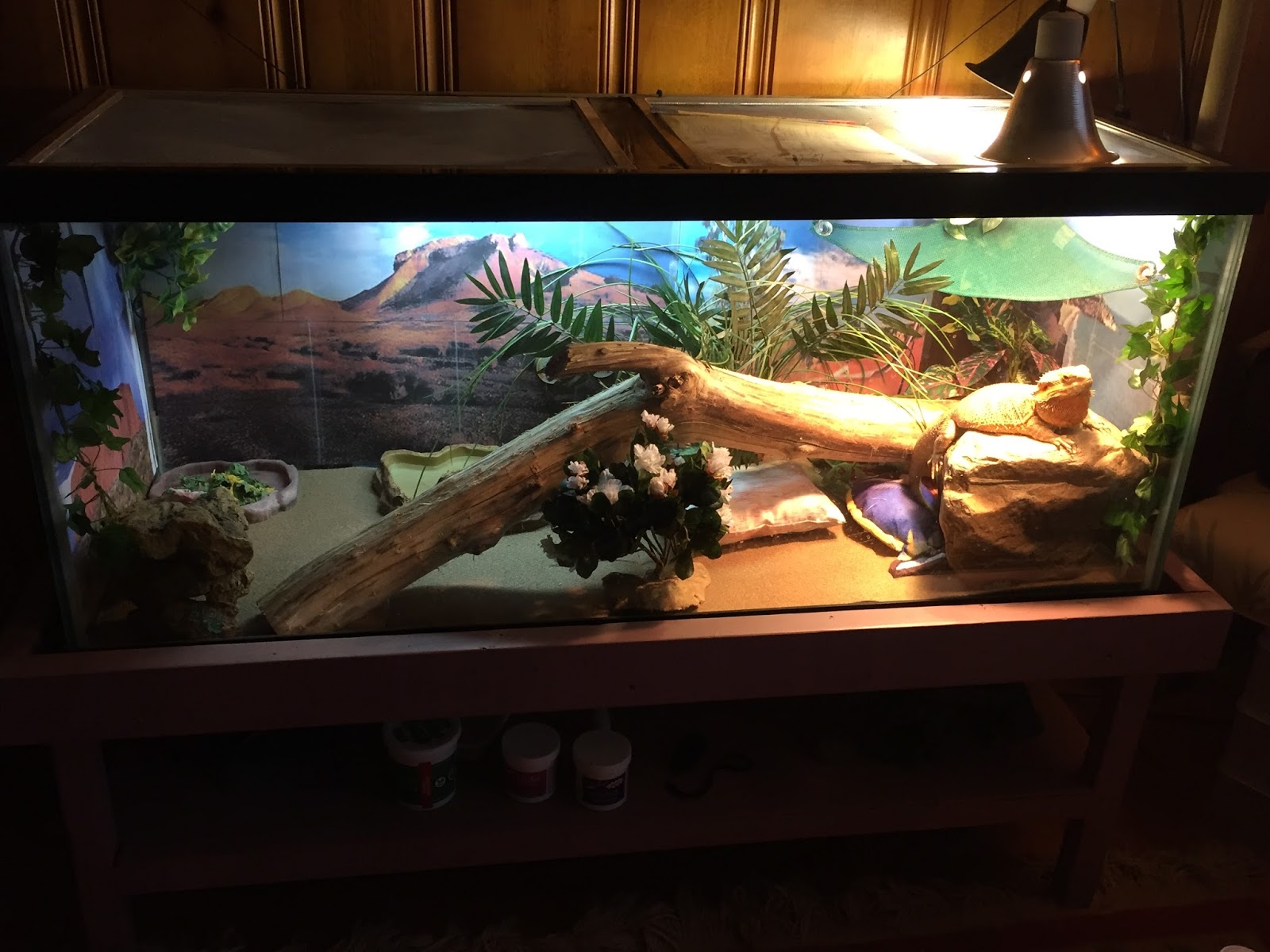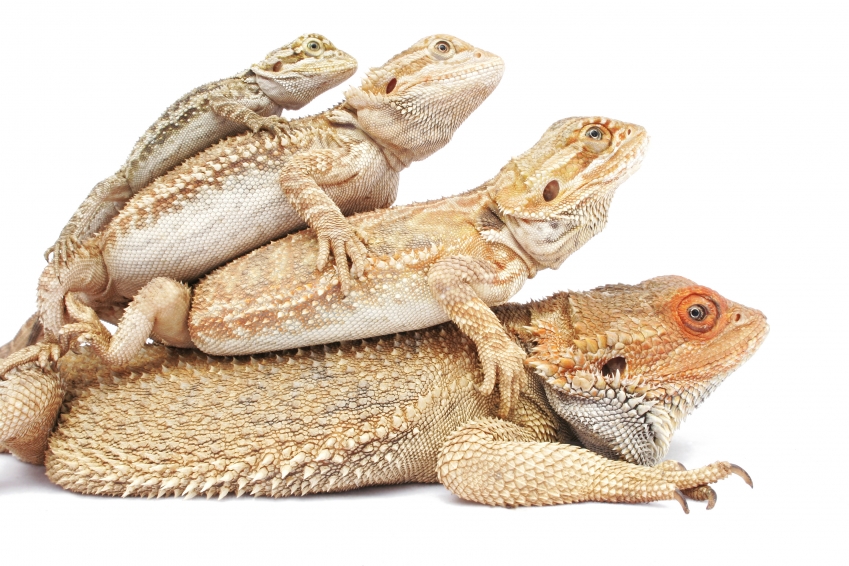Where Does Bearded Dragon Live? A Comprehensive Guide for Beginners
Introduction
Bearded dragons are beautiful and fascinating pets that can bring a lot of joy to people’s lives. They are docile, friendly, and relatively easy to care for, making them ideal for beginners. However, before bringing a bearded dragon home, it’s important to know where they come from and where they live in the wild. In this article, we’ll discuss everything you need to know about where bearded dragons live so that you can provide the best possible environment for your pet.
Bearded Dragons Natural Habitat
Bearded dragons are native to the arid regions of Australia, where they can be found in the deserts, woodlands, and scrublands. They are semi-arboreal, which means that they spend a lot of their time climbing trees, rocks, and other structures. Bearded dragons prefer to live in areas with plenty of sunlight and heat, as this allows them to regulate their body temperature and stay active. In the wild, they are preyed upon by birds, snakes, and other reptiles, which is why they have adapted to living in burrows and crevices to protect themselves.
What Does Their Habitat Look Like?
In their natural habitat, bearded dragons live in a variety of environments. In the desert, they are usually found in sandy areas with plenty of rocks and shrubs for cover. In woodlands, they prefer to live near the edges of forests where they can bask in the sun but also have access to shaded areas. In scrubland, they will often take shelter under rocks and in crevices to protect themselves from predators.
Bearded dragons are diurnal, which means they are most active during the day. They spend a lot of their time basking in the sun to regulate their body temperature, and will often climb onto rocks or logs to do so. They also require access to shade, as overheating can be dangerous for them.

Creating a Habitat for Your Bearded Dragon
When creating a habitat for your bearded dragon, it’s important to mimic the environment they would live in the wild as much as possible. This means providing a basking spot, a place to hide, and plenty of space to climb and explore. Here are some things to consider:
Enclosure Size and Shape
Bearded dragons require a lot of space, so the enclosure you choose should be as large as possible. A 75-gallon tank is recommended as a minimum size for one adult bearded dragon. The enclosure should be longer than it is tall, as bearded dragons are terrestrial and need room to move around.

Substrate
The substrate is the material that lines the bottom of the enclosure. It should be easy to clean and provide a good grip for your bearded dragon’s feet. Avoid using loose substrates like sand or gravel, as these can be ingested and cause impaction. Paper towels, reptile carpet, and ceramic tiles are all safe options.

Temperature and Lighting
Bearded dragons require a basking spot with a temperature of 90-100 degrees Fahrenheit during the day. The rest of the enclosure should be cooler, around 70-80 degrees Fahrenheit. At night, temperatures can drop to the low 70s. You’ll also need to provide UVB lighting, which is important for your bearded dragon’s overall health and well-being.

Decorations and Accessories
Decorations and accessories can make your bearded dragon’s enclosure more interesting and enjoyable for them. You can include rocks, logs, and other structures for them to climb on, as well as hiding spots like caves or tunnels. Make sure everything you add is sturdy and won’t fall over, and avoid using anything with sharp edges or points that could injure your pet.

Conclusion
Knowing where bearded dragons live in the wild is an important step in providing them with the best possible care in captivity. By creating a habitat that mimics their natural environment as closely as possible, you can ensure that your pet stays healthy and happy. If you have any questions or concerns about caring for your bearded dragon, it’s always a good idea to consult with an experienced veterinarian or reptile specialist to ensure that you’re doing everything right.
